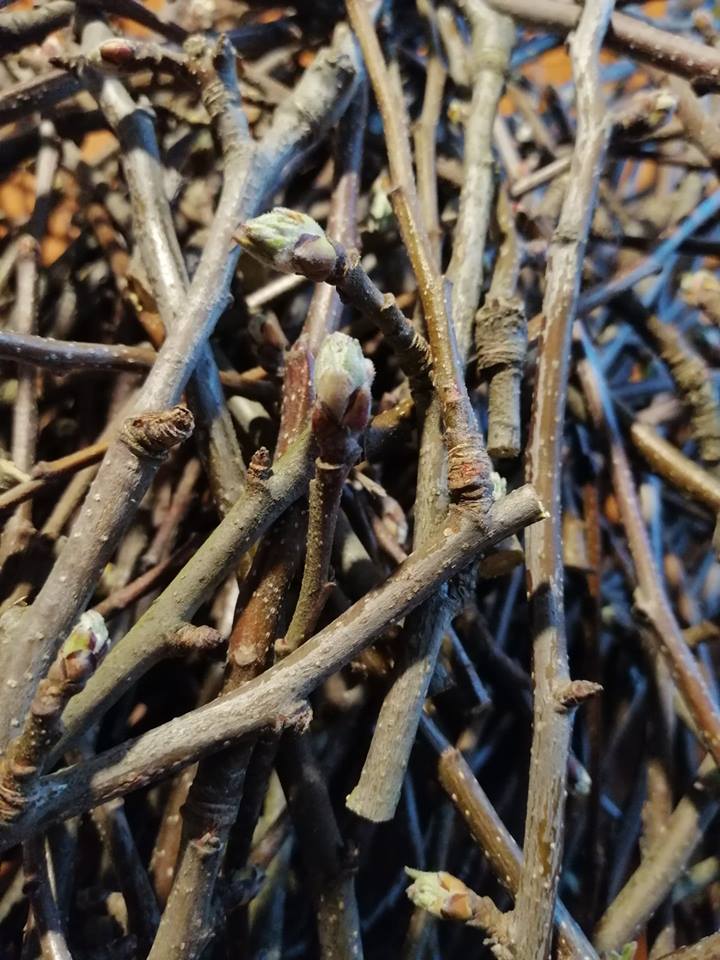
Practically unknown from the point of view of herbal medicine in some countries, the apple tree (Malus domestica (Borkh.) Borkh.) is a concentrate of interesting properties: it’s cooling and moistening, with a slightly astringent, aromatic, sweet and acrid-bitter taste. It has a particular tropism toward the inner organs placed below the diaphragm (stomach, liver, gallbladder, bowels, kidneys, spleen and pancreas), the heart and the nervous system (it covers almost all the internal organs).
Being sweet and acrid-bitter together, it supports the tissue nourishment and the elimination of wastes and pathogenic “humors”, while at the same time cools down the body. Its astringency makes it useful in tissue prolapse and tissue laxity and in case of lesions and inflammation of epithelia. So, it has a bivalent action (nourishes and tonifies on one side, and eliminates on the other) upon tissues and organs; in other words, it expels from the body what has to be expelled and nourishes and supports what has to be kept inside.
It has alterative, diuretic, cooling, anti-edema and uricolytic properties. It regulates the blood pressure (like most Rosaceae) and protects the vascular tissues, regulating both their tension and permeability, contributing to repair the capillary vessel walls and to reduce the vasomotor disturbances; it prevents and treat atherosclerosis. It regulates the acidity of the stomach and tones up the cardia. It regulates the bowels, acting both in case of constipation and diarrhea. It possesses a regulating action on the liver too, being useful, for instance, in hepatic steatosis ed “hepatisms” (functional liver disturbances). It’s indicated in bowel inflammation, rectal prolapse and in case of anal fissures and fistulas. It stimulates the kidneys, promoting the drainage of the wastes and the diuresis. It’s a nervous system tonic, and acts as a nootropic (improves memory) and neuroprotective agent. It regulates the production and degradation of the steroidal hormones, and has a slightly simil-progestinic action, reducing hyperestrogenism and the premenstrual symptoms, and also proving useful during the pre-menopause and menopause. It purifies the impure skin.
Traditionally used for gastritis and gastroesophageal reflux, it’s a possible allied in case of diabetes (especially type 2 diabetes, since it increases the renal excretion of glucose, so decreasing its absorption), it’s an excellent restorative tonic, it’s useful for fevers, it’s a spleen tonic and a good lymphatic. It’s indicated in case of urinary stones and high cholesterol (the foliar buds are especially good at lowering LDL cholesterol while increasing HDL)…
In conclusion, it seems that the proverb “an apple a day keeps the doctor away” also applies to the apple tree, besides the fruit.



